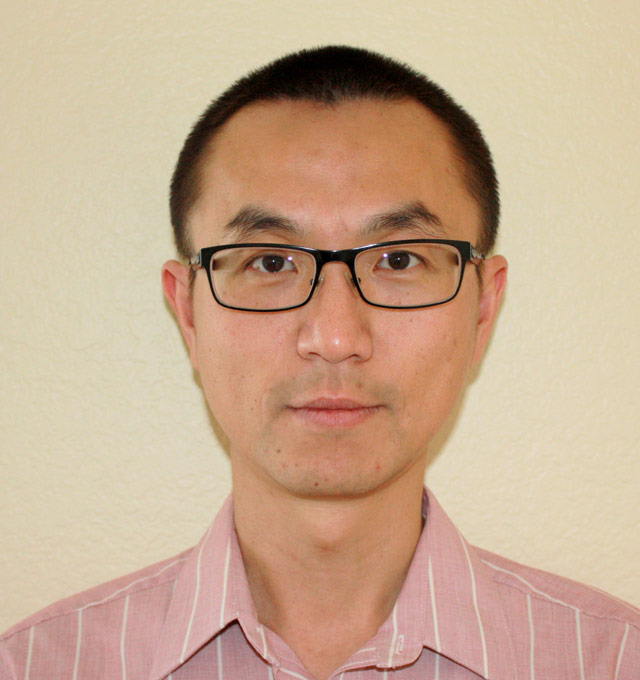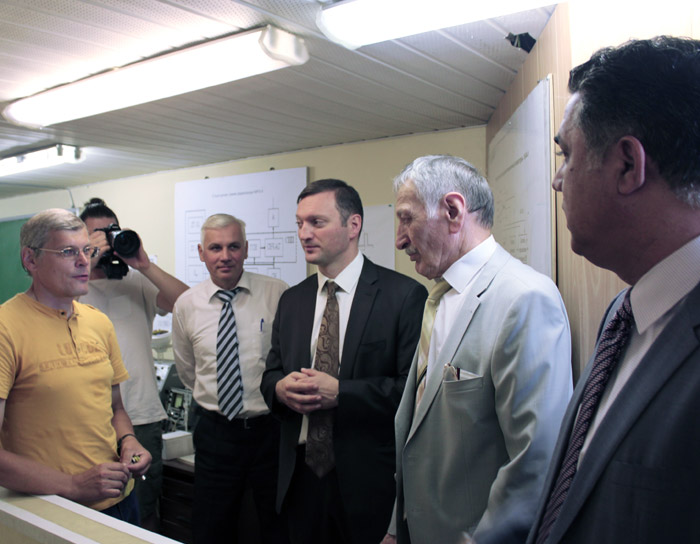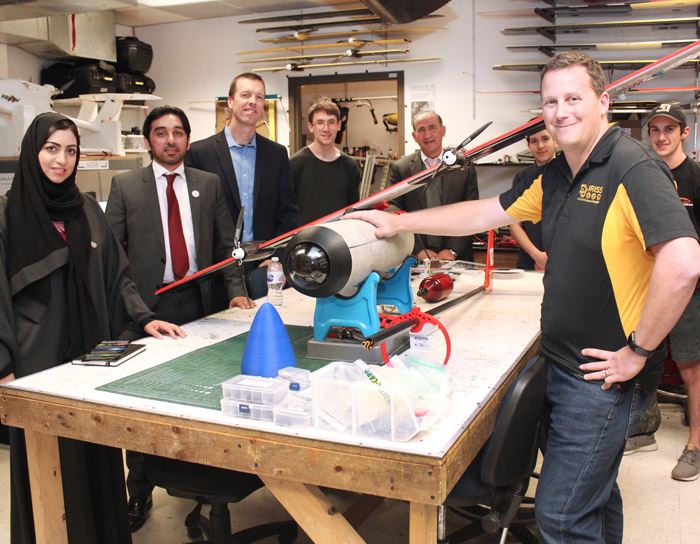Biography:
Dr. Lulin Xue obtained his Ph.D. degree in Meteorology from Saint Louis University in 2009. He then joined the National Center for Atmospheric Research (NCAR) in the United States as an Advanced Study Program postdoctoral fellow. Dr Xue joined the advisory panel of the Beijing Weather Modification Office in 2016 and became the Chief Scientist of Hua Xin Chuang Zhi Science and Technology LLC in 2017.
Dr Xue has been the key scientist responsible for the numerical modeling aspect of several projects carried out at NCAR since 2009. He has conducted original and applied scientific research for a cloud seeding project in Saudi Arabia, a wintertime orographic cloud seeding project for the Idaho Power Company, and several programs in Wyoming.
Dr Xue’s areas of expertise are in aerosol-cloud-precipitation interactions, cloud microphysics and dynamics, boundary layer and mountain meteorology and numerical modeling. His research efforts have led to the development of a real-time cloud seeding forecasting system.
Project Brief:
“Using Advanced Experimental - Numerical Approaches to Untangle Rain Enhancement (UAE-NATURE)”
This project involves a consortium of research institutes and universities from China, Hungary, UAE and USA collaborating on an innovative research approach to rain enhancement based on advanced laboratory experiments and state-of-the-art numerical models.
The core objectives of the proposed study are: 1) improve knowledge of hygroscopic seeding impacts on warm rain initiation; 2) discriminate the dynamical and microphysical processes by which natural and seeded precipitation forms and evolves within clouds; and 3) quantify potential seeding impacts on UAE rainfall in relation to climate variables over a 10-year period using high-resolution regional climate and ensemble seeding simulations.
Additional objectives are to understand how cloud seeding affects cloud cover lifetimes, assess impacts on resultant groundwater availability, and quantify spatial and temporal rainfall distribution in the UAE.
Key Outcomes:
The project was divided into four major tasks: cloud chamber experiments, DNS simulations, cloud resolving and seeding simulations, and regional climate simulations:
- Laboratory Experiments:
- Completed chamber experiments on natural cloud formation, hygroscopic seeding impacts on warm clouds, and Agl immersion freezing efficiency.
- Recommended the AIDAd chamber design for future cloud physics and cloud seeding research in the UAE.
- Recommended the PINE chamber for INP monitoring and research in the UAE.
- DNS Simulations:
- Implemented aerosol scheme with hygroscopic seeding particles and super-droplet method in the DNS model.
- Developed a hybrid parcel-DNS modeling framework.
- Studied hygroscopic seeding impacts under polluted conditions in the UAE.
- Cloud Resolving and Seeding Simulations:
- Developed new aerosol and hygroscopic seeding modules for the UPNB and Thompson-Eidhammer schemes.
- Developed a new sea-salt emission module and hygroscopic seeding module for Thompson-Eidhammer scheme.
- Developed a parcel model with a new hybrid bin microphysics scheme.
- Developed a WRF piggybacking framework and conducted simulations for UAE cases.
- Regional Climate Simulations:
- Completed a 17-year WRF regional climate simulation over the Middle East.
- Validated simulation data and analyzed cloud and rainfall climatology over the UAE.
For more information on the project please visit: http://www.uae-nature.com/






